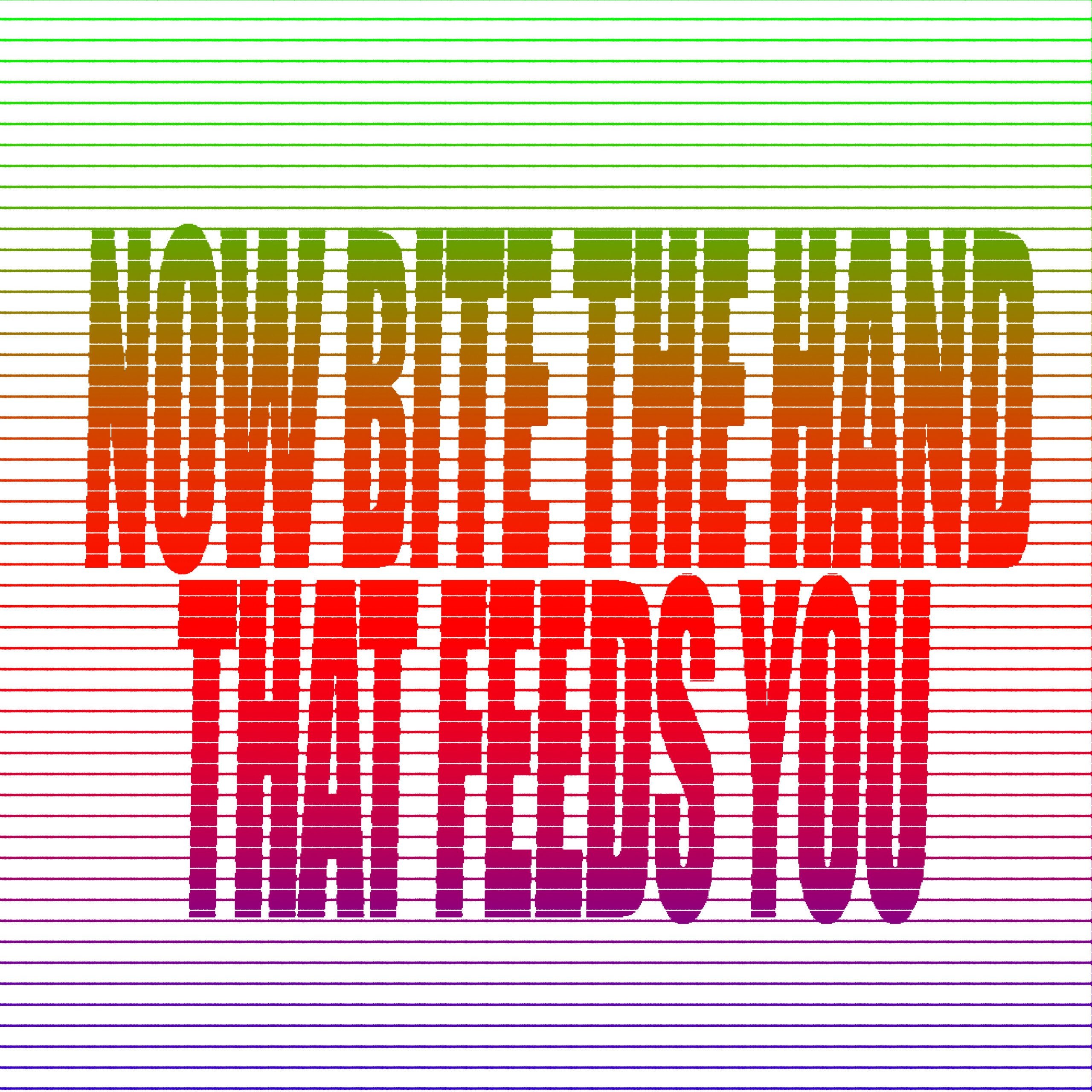Rosie Lee Tompkins (1936 – 2006)

Rosie Lee Tompkins (1936 – 2006)
GGLA presents an exhibition focusing on four exemplary quilts by Rosie Lee Tompkins. The late Richmond, California artist whose vibrant and energy exuding quilts sit as a paragon for quilt-making and visual art in the 20th century. The gallery will present four of Tompkins’ quilts within the Glassell Park space, with all but one of the works suspended from the ceiling away from the wall, giving viewers the ability to see both the opulent faces of the quilt as well as the equally captivating backs of the quilts, furthering the conversation on the artist’s unique process.
Rosie Lee Tompkins was born Effie May Martin in Gould, Ark., on Sept. 9, 1936. Having helped her mother and other women in their town piece quilts, the artist relocated to Richmond, California as part of the Great Migration, and began to make and sell quilts at local flea markets while working as a nurse in convalescent homes. Tompkins’ success at selling her wares at local flea markets soon had her quitting her nursing job, and a chance encounter with the burgeoning quilt collector Eli Leon further pushed Tompkins into making her quilts full time. Leon gave Effie May Martin the pseudonym of Rosie Lee Tompkins as a way of deflecting attention and providing some much desired anonymity as her renown grew both as an artist and quiltmaker. As a devout christian the artist saw her role as quiltmaker as ordained by God, and the work she was doing as her expression of this divine power, noting that if people liked her work, “that means the love of Jesus Christ is still shining through what I’m doing.” In addition to the frequent christian symbolism, Tompkins also regularly included references to family members, whether it be through scraps of childhood clothing cut and pieced together for a quilt draped in the residue of youth, or through the occasional embroidery or even through color choices which relate to certain dates and beyond.
Entering GGLA the largest of Tompkins’ quilts hangs on the left wall installed three feet from the wall. At nearly 5 x 10ft, the piece envelops the viewer in a constellation of intricately pieced irregular triangle swatches, the varying colors and fabrics butted against each other with a resounding optical vibration. As the artist customarily did, a variety of fabrics with varying sheens and patterning are incorporated with swatches of matte eggplant paisley adjacent to 70’s floral cotton triangles, surrounded by satin yellow, blue and purple sections, all punctuated with yarn tufts that add a sculptural texture to the quilt face. Regarding her chromophilia the artist said, “I think it’s because I love them so much that God let me see all these different colors … I hope they spread a lot of love.” In this sense, the diversity in color, pattern and fabric type should be seen as a means of generosity, with the artist’s free wheeling style being an outgrowth of her personal faith.
Situated in the back room of the space is the second largest of Tompkins quilts within the exhibition, a vertical presentation that dwarfs the viewer. Sections of white floral fabrics are bisected by white and turquoise striped patterns, interspersed with triangles and rectangular sections cut from an American flag, an irregular and meandering border outlining the dense and sprawling composition. The act of incorporating the American flag, easily one of the most loaded objects and symbols we have today, into the artist’s quilt speaks both to a fluidity with material as well as an honest reckoning with American history. It’s through the work of hands such as Rosie Lee Tompkins and her ancestors before her through which this country was built, and it was through the artist’s labor over her 70 years pushing artistic and visual culture forward through a beautifully complex aesthetic process which is still being unpacked and appreciated today.





